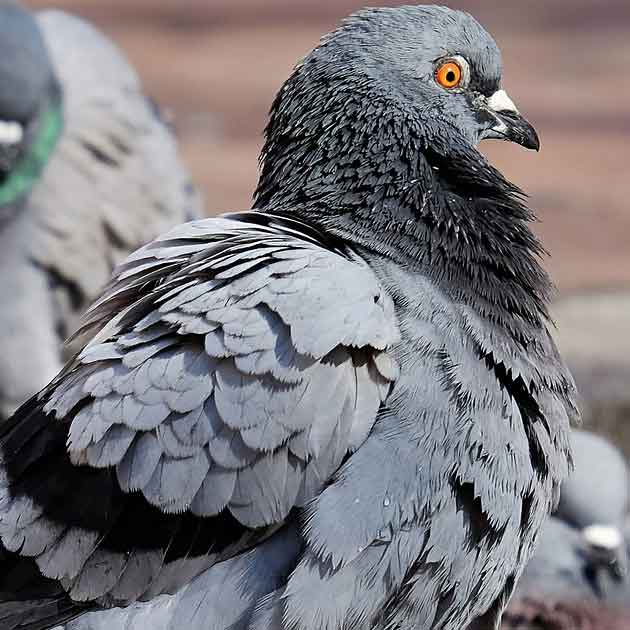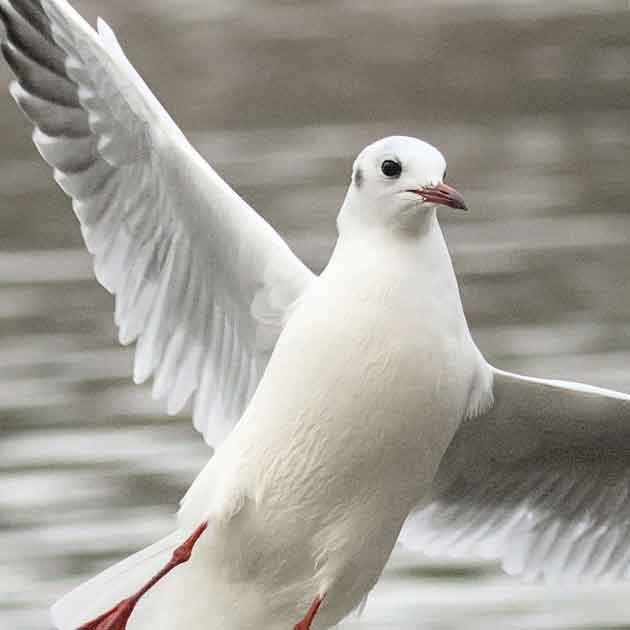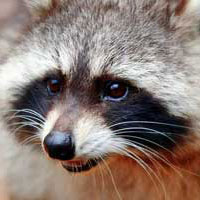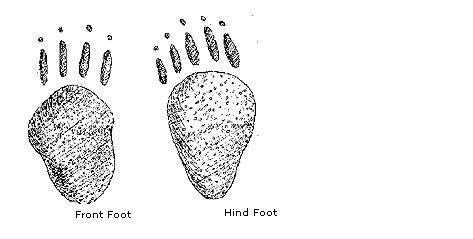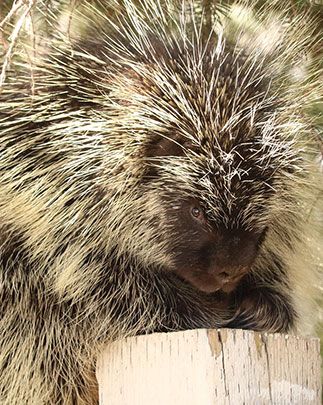
Identification
The porcupine is a rodent, measuring up to 90 cm in length and weighing as much as 12 kg. It has black to brownish-yellow fur and strong, short legs. It has hairless soles on its feet that help it climb trees. It has a round body, small ears and a small head. The most recognizable feature of the porcupine is its quills. A porcupine may have as many as 30,000 quills. The quills are hairs with barbed tips on the ends. Quills are solid at the tip and base and hollow for most of the shaft. The porcupine has quills on all parts of its body, except for its stomach. The longest quills are on its rump. The shortest quills are on its cheeks.
Porcupine Damage
Most porcupine damage occurs during the winter when woody plants become a staple diet. Extensive gnawing of branches, twigs and bark is evidence of porcupine attack. Susceptible trees include pine, spruce, poplar, elm, fruit-bearing trees and numerous shrub species. Girdling of the tree bark, if severe, will kill the plant. In summer, porcupines can damage fruits, vegetables and succulent plants. Occasionally, porcupines find buildings, open air sheds and other wooden structures including boat houses and piers where they can seriously damage beams and other support structures with their gnawing.
Porcupines offer a considerable threat to pets and livestock, which never seem to learn to avoid them. Domestic stock will nuzzle porcupines, which may cause considerable medical problems if the stock are not treated promptly.
Porcupine Control
Preventative measures include Exclusion*. Control methods include Live Trapping*, Licensed Trapping*, Physical Capture*, Shooting*, Relocation*, and Destruction of the animal.
Please note that, in contrast to almost all other Ontario animal control operations, as a licensed furbearer trapping company we are able to employ all of these control methods INCLUDING relocation or permanent removal of captured moose.
Porcupine Breeding
Porcupines mate in late summer and early fall. Porcupines are very vocal during mating season and males often fight over females. Seven months after mating the female gives birth to a single baby. When the baby is born, its quills are soft. They harden about an hour after birth.


